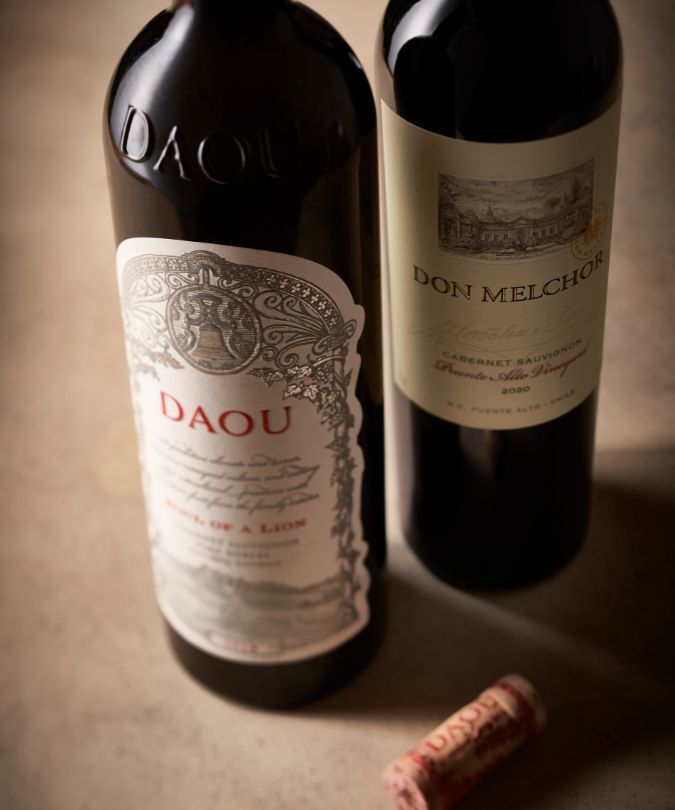If it’s not frustrating enough for other wine regions that Bordeaux hogs the limelight every year with its en primeur campaign, they also have to put up with the fact that any time Cabernet Sauvignon, Cabernet Franc, Merlot or Malbec is used in a wine, it gets slapped with the label ‘Bordeaux blend’. The moniker may not be going anywhere soon, because Cabernet Sauvignon continues to be the most widely planted red wine grape in the world, with a total of 340,000ha (840,000 acres) under vine, followed by Merlot at 266,000ha (657,000 acres). Both grapes, famously, got their start in this relatively small region in southwest France.
The name Bordeaux blend itself is unnecessary – Cabernet Sauvignon has been present in Australia, California, South Africa, Argentina and elsewhere since the late 18th and early 19th century, becoming part of the global viticultural landscape not many decades after it had first established itself in Bordeaux as a natural cross between Sauvignon Blanc and Cabernet Franc. But it was Prohibition in the USA, in particular, that caused it to then be seen as an ‘import’ in the mid-20th century.
Of course, if current climate trends continue, it may well be that the Bordeaux blend – which, for so long, has been a shortcut to respectability for emerging regions and a pathway to price rises for new bottlings – becomes a historical anomaly. But for now, the combination of these varieties continues to reign supreme, with many of the greatest wine estates in the world bottling their own versions; Tuscany and Napa are perhaps the two regions that can most legitimately lay claim to standing on the same fine wine pedestal with the style.

I don’t claim to be definitive in this listing, since it makes some glaring omissions at the very top end – from Masseto and Sassicaia, to Opus One, Harlan, Abreu and Colgin. Instead, the selection highlights some of the more intriguing current-release Bordeaux blends that showcase the ability of this combination to create long-lasting wines with regional characteristics.
There are many ways to distinguish Bordeaux blends in different locations. I often find levels of Cabernet Sauvignon far higher in these blends than you would ever find in Bordeaux itself, most typically because the grape is able to ripen far more regularly when planted away from the Atlantic seaboard. This means you can find a purity of expression, almost distilled cassis purée, in Australia or Argentina far more typically than in St-Julien or Margaux – and more supple, inviting tannins than from a cool vintage in the Médoc. This is often also why you typically find less of a role for Merlot in the New World, where the Cabernet gets ripe enough that it doesn’t need its fruit-filled corrective.
There are a few wines here that are truly linked to Bordeaux – Don Melchor winemaker Enrique Tirado takes samples from Chile to the Médoc for blending with consultant Eric Boissenot. Others work with Bordeaux consultants such as Stéphane Derenoncourt and Michel Rolland, while most simply take the varieties and imprint them with their own character, reinventing their voice and trying to prove that, ultimately, the Bordeaux blend should be seen as democratic, not autocratic.































